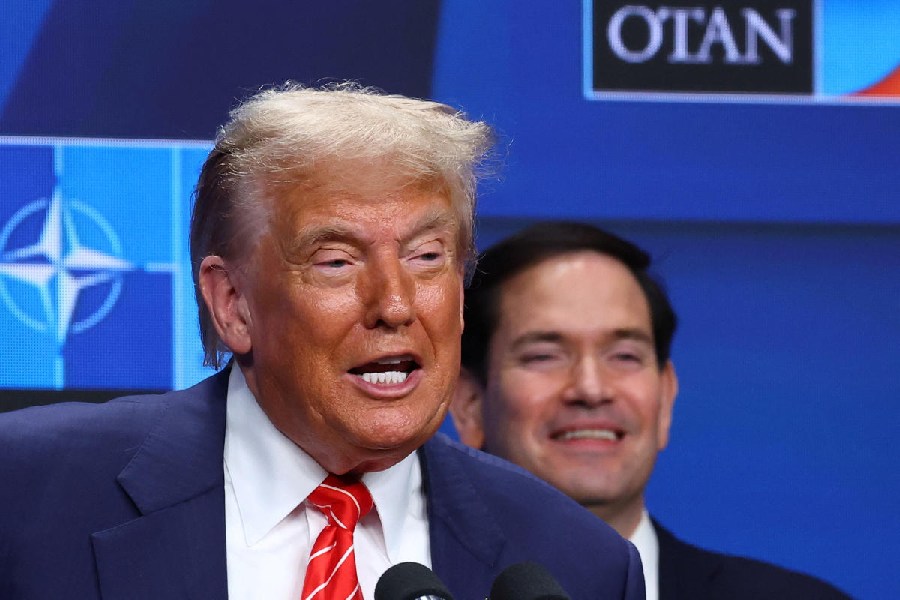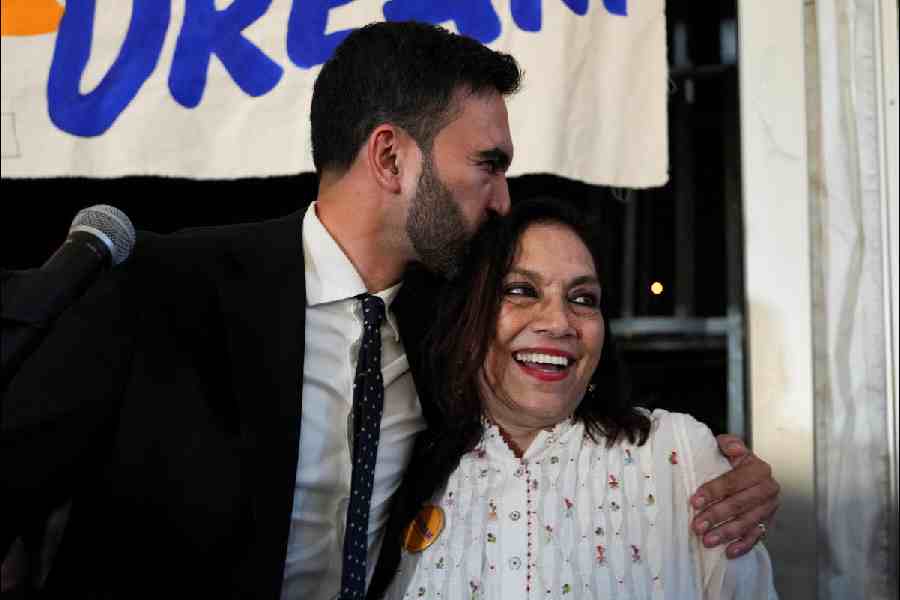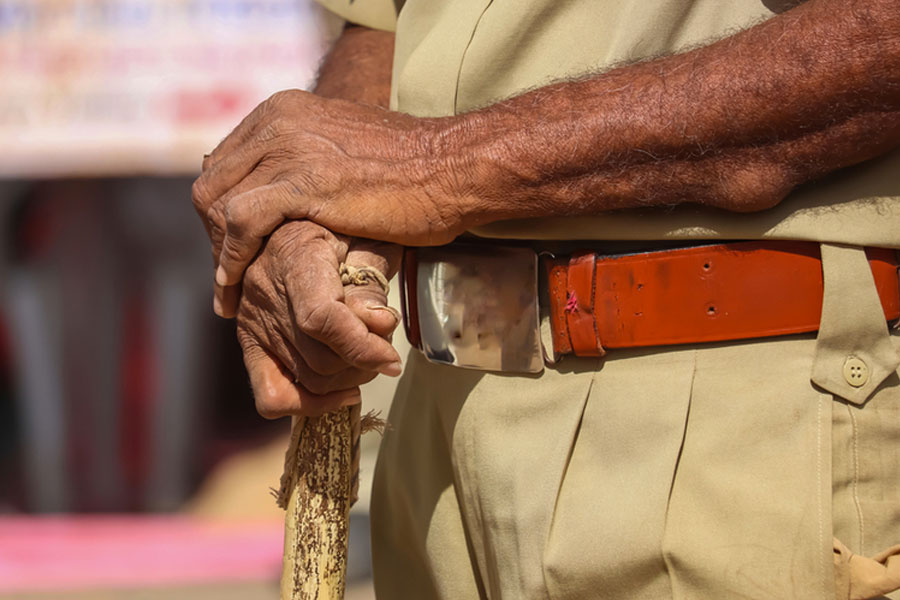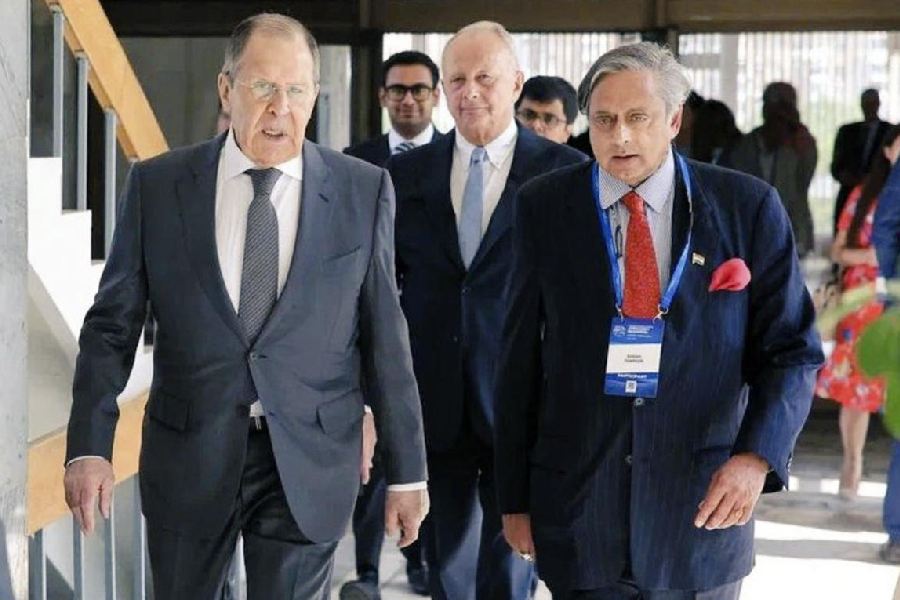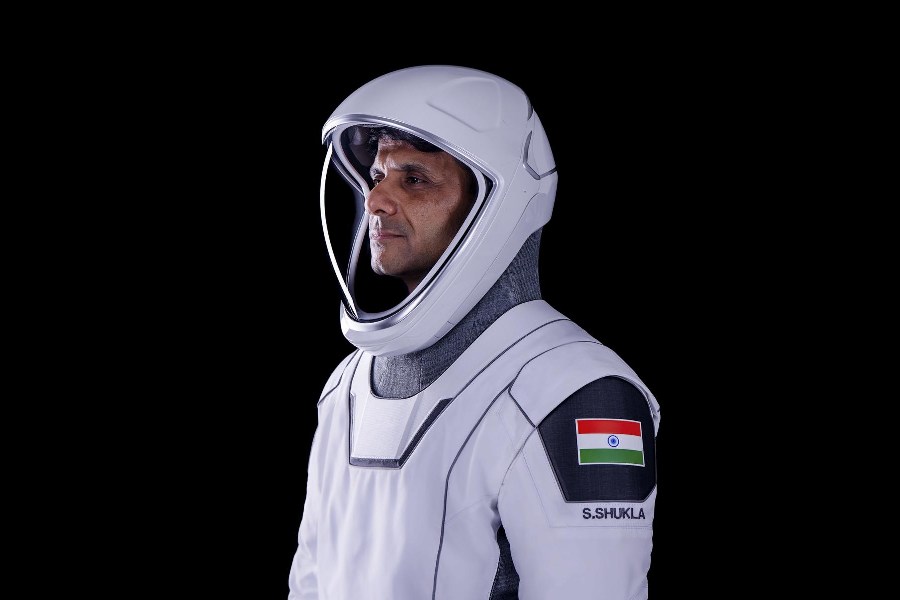 |
How to reach:
Khardah is easily accessible by road and river. Catch a bus to Barrackpore from Howrah station or Esplanade.
From Howrah, the route numbers are 56 and GL31. From Esplanade, it?s L20, S11 (state) and 78. State buses are few and far between.
There are minibuses from Dalhousie Square to Khardah, besides the new private buses plying between Barrackpore and Santragachhi.
Any local train from Sealdah station to Krishnagar, Santipur, Ranaghat, Kalyani, Naihati or Barrackpore stops at Khardah.
It can also be reached by launch from Rishra
Khardah is five railway stations away from Sealdah. Along with Belgharia and Agarpara, this township falls in what used to be the industrial belt of Bengal. The thousands of workers who had migrated here about a century ago from Bihar and Orissa form a large part of the populace and give it a distinctive colour. Close by, what used to be known as the coolie lines are several paras where caste Hindus live.
Unlike the warren of tiny airless brick boxes where the workforce survives, most of the houses of upper caste Bengalis are well constructed. They?ve seen better days, but are still distinguished by columns, thakurdalans and ornamental grilles. Rabindranath had sojourned in Khardah in a house swallowed by the river.
The Vaishnavite cult has left its mark on Khardah. Nityananda Prabhu, a disciple of Sri Krishna Chaitanya, had settled in a thatched hut here. It is now a humble brick structure known as Kunjabati. His son Bir Bhadra Goswami had started the worship of Shyamsundar that subsequently became the presiding deity of Khardah.
It is said that about 250 years ago, a woman named Pateswari Ma Goswami had raised the famous Shyamsundar temple, that dominates Raskhola, after her husband, who had been imprisoned by Nawab Alibardi Khan, was released.
The temple compound has a large kitchen and natmancha, and close to the Hooghly banks are the ratha-shaped Rasmancha and Dolmancha. The sanctity of the Dolmancha has been violated by blocking the archway. Recent attempts at decorating the main temple with white panels depicting Krishnalila are quite appalling. Adjacent to the Shyamsundar temple is a smaller one dedicated to Madanmohan. Khardah is famous for its Ras and Dol celebrations.
A short walk from Shyamsundar leads to another fascinating complex of 26 dochala Shiva temples. These are mostly dilapidated but are being restored by the Archaeological Survey of India. They were constructed in the early 19th century by Ramhari Biswas and his son Prankrishna, whose ambition it was to establish a Ratnabedi like the one in Puri with one lakh Shiva lingas. He managed to gather about 80,000 before his death. The ornamented door frames of the 26 temples are from the Gaur ruins. The navaratna Mahaprabhu temple with nine spires is on the way to the temple complex.
A large chunk of the mill labour force in Khardah is Muslim. In 1907 these poor workers had built a magnificent mosque on MG Road (formerly Trever Road). Its portal and minarets and walls of the inner sanctum are richly embellished with tiny ceramic tiles in bright hues that create the effect of minakari. Calcutta once had several mosques decorated with crazy China mosaic. The glazed surfaces of most are chipped. But the Khardah mosque is in mint condition.


